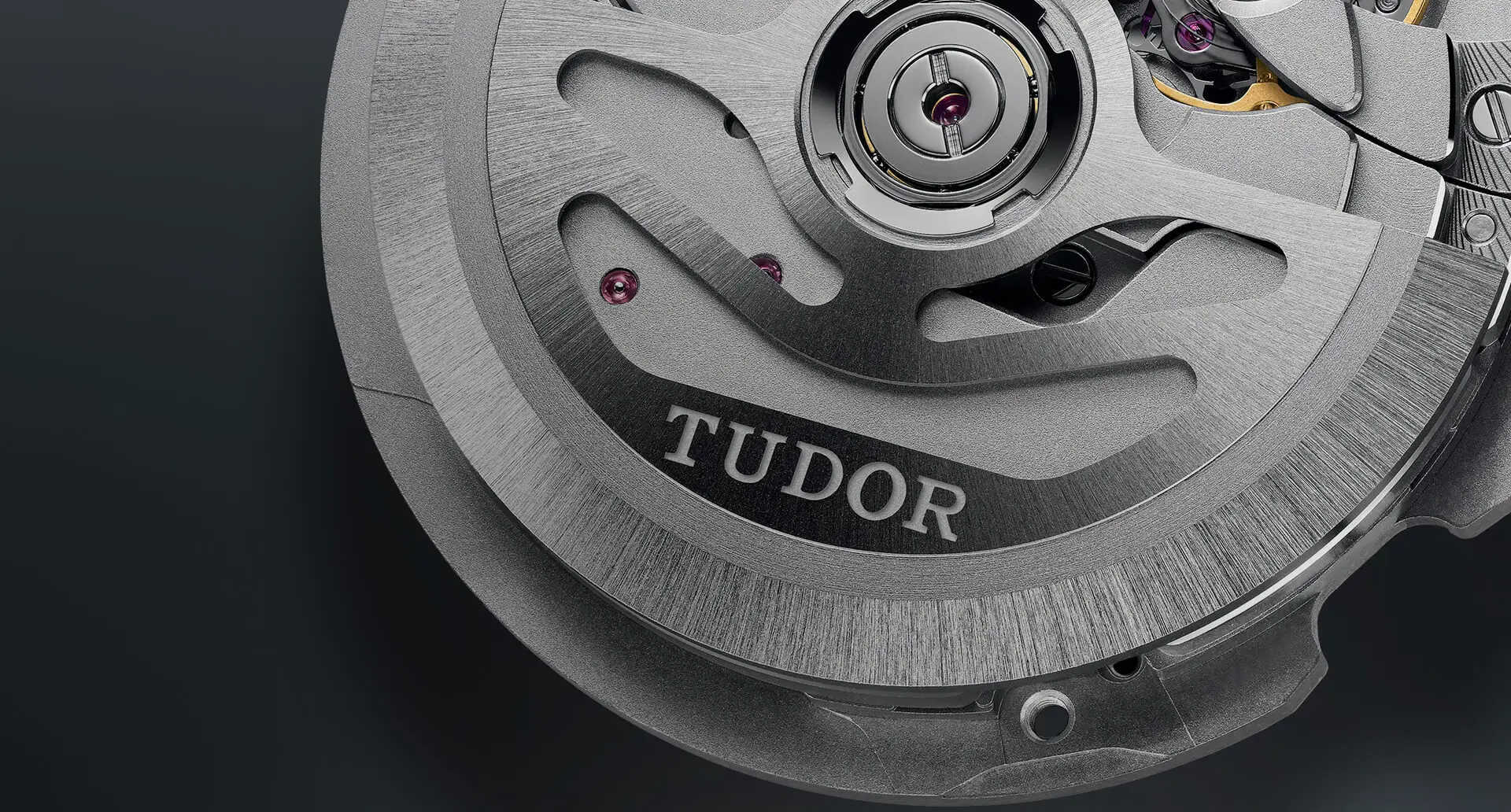Regarding Tudor watches, one of the most common questions people ask is about the type of steel used in their watches.
This article will answer this question and provide some background information on Tudor watches.
For all its watches, Tudor uses 316L stainless steel, the industry standard for wristwatches. This differs from its bigger brother, Rolex, which uses 904L stainless steel.
Despite this difference, Tudor watches are still highly regarded for their durability, affordability, and value.
With various models, from diving to classic watches, Tudor offers versatile and elegant timepieces built to last.
Key Takeaways
- Tudor uses 316L stainless steel for all its watches, which is the industry standard for wristwatches.
- Despite not using 904L stainless steel like Rolex, Tudor watches are still highly regarded for their durability, affordability, and value.
- With various models, from diving to classic watches, Tudor offers versatile and elegant timepieces built to last.
What type of steel does Tudor use? Does Tudor use 904L steel?
What type of steel does Tudor use?
Tudor uses 316L stainless steel for all its watches, the industry standard for wristwatches. 316L is a durable steel that can handle harsh environments.
It is not a bad-grade stainless steel to use. Tudor has always used 316L stainless steel, unlike its bigger brother, Rolex, which uses 904L stainless steel.
Why don’t all manufacturers use 904L steel?
The biggest reason why all manufacturers don’t use 904L steel is cost. 904L steel is much more expensive to machine due to its hardness.
When Rolex moved to 904L, it had to change most of its tools and steel machining equipment. This means moving from 316L to 904L requires substantial investments.
Most manufacturers, including Tudor, do not use 904L steel because the risks of corrosion with 316L steel are not significant enough to justify the additional cost of using 904L steel.
A watch made of 316L steel may not show signs of corrosion for ten, twenty, or even fifty years.
Tudor uses 316L stainless steel for all its watches, which is the industry standard for wristwatches.
Although 316L stainless steel is prone to corroding, the risks are not significant enough to justify the additional cost of using 904L steel.

